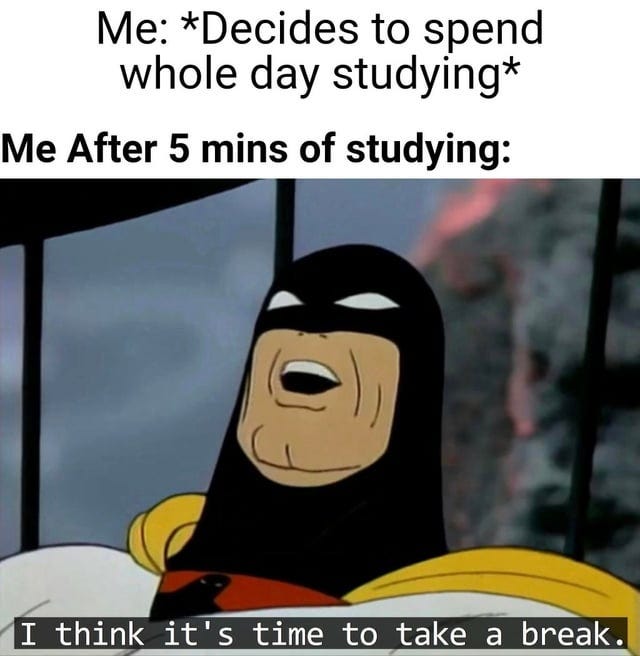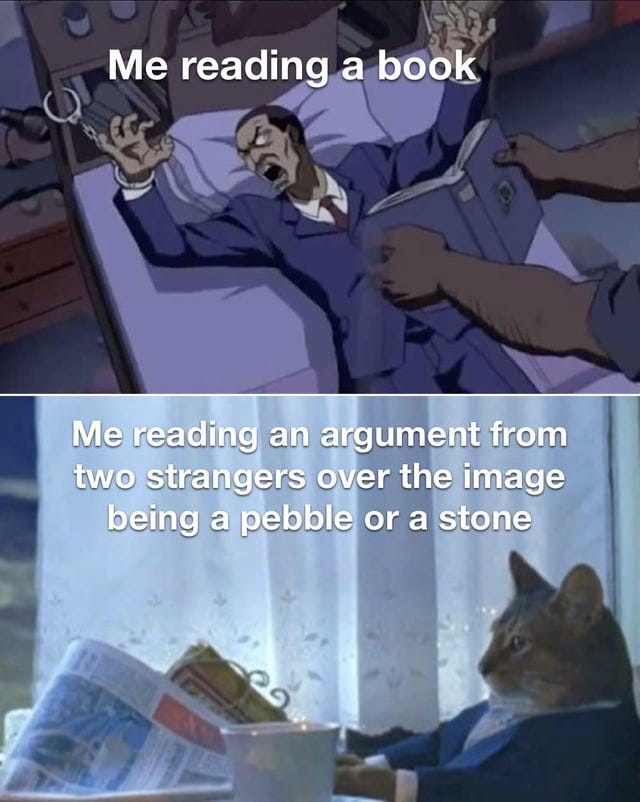Tight on time?
Language learning in 20 minutes
Welcome, aspiring polyglot! Today I will be answering a request of a long time subscriber who faces many of the same challenges most language learners do. This particular issue is that of time constraint. Is it really possible to learn a language in ten minutes per day? What is the idea amount of time? How can you maximize the time you spend studying? We will look at all of this and more today as well as a breakdown of some timing options you have available to you.
The brass tacks
First it is important to state that, while these may be the things I view as the most effective and efficient, that does not mean they are one size fits all. For some of what will be discussed, there simply is no way around it. Things like using the time you have as active learning instead of settling for passive exposure. On the other hand, there are a myriad of exercises you can do to fill that time and what I suggest might not be what is best for you. Your goal is to build a framework that works for you.
Irrespective of how much time you have, the most significant thing you can do is ensure that you are consistent. Even 20 minutes per day can lead to satisfactory results when they are used intentionally. That said, there is an obvious advantage to having an hour or more per day. For those of you who are short on time, here is what you should be doing with your 20 minutes:
20 minutes
It may not seem viable, but there are a few things you can do in 20 minutes to enhance and accelerate your second language acquisition. However, with these lower time thresholds it is absolutely crucial that you understand yourself and your learning styles. You need to know what your weaknesses are so that you can spend the full time addressing them. When you only have 20 minutes, there really won’t be time to work on the things you can already do well. Save that for when you need a win to keep your momentum rolling.
Dictation
Step 1: Find an audio. This can be a YouTube video, a TV show, a movie, a song, a podcast, an audiobook, anything really. All that matters is whatever it is MUST have a complete transcript. This is why audiobooks are often the best option. 0
Step 2: Grab a pen and some paper and turn off ALL distractions for 20 minutes. This exercise, when done correctly, is effective at 20 minutes/day and you will feel it in just the subsequent exhaustion.
Step 3: play the audio and write down what you hear. You can listen to the audio up to 3 times. You can do it as many times as you want, but I would keep moving after 3, there's no point in getting super frustrated over 1 or 2 words and ruining the rest of your session.
Step 4: Check your results against the transcript.
Step 5: Repeat with a new audio or a continuation of whatever it is you're listening to until listening comprehension reaches 100% (or close, rarely is 100% going to happen unless you are fully immersed).
As a general rule, start with 15 second clips, but if you are getting 80%+ correct consistently then it's time to up the length, up the difficulty, or both. This exercise is particularly good for people who often find themselves struggling to understand the things they are hearing. If speaking and reading is already easy for you, then this is what you should be focused on for the most part.
A paper dictionary
Before you get to the point where you can work through dictation, you are going to need the requisite vocabulary base and understanding of grammar structures. In order to do that quickly, the best thing you can do is work above your level, especially when you are tight on time. For those who have more than 20 minutes, check out this piece on working above your level:
Working Above Your Second Language "Level"
Welcome, aspiring polyglot! Someone the other day told me that there is no way to discuss philosophy after only learning a new language for a few months. While it certainly is not normal, to say it is impossible is just plain wrong. When it comes to second language acquisition, outside of mainstream classrooms the limitations that are placed on you will be placed on you by yourself, not by anyone else.
With twenty minutes, you will probably only make it through a paragraph, but that is okay. In fact, even if you only made it through two sentences, that is better than nothing. More importantly, it is a starting point. When you have such a small amount of time to pour into your language acquisition, efficiency may seem like the most important thing. However, when it comes at the expense of efficacy it is not really worth the exchange.
For this exercise you need a bilingual dictionary, a classic book or piece of literature that you think you might enjoy, and a notebook to write down every new word you come across. From there it is exactly what it sounds like. Read until you find a word you don’t understand, look up the word, and write it down. Do this every day for a week and then use the new words to form sentences one day.
Week over week you should notice that you are able to read further and further in those twenty minutes. From there, you should see more and more words that you recognize from having seen them before and, if you are using them in your output, you should be able to recall them more fluidly. The biggest challenge you will face here is frustration. Only being able to make it through a few sentences at a time is extremely frustrating, but you have to start somewhere.
The biggest open secret
Without a doubt the biggest piece of language acquisition that makes the most difference while also being ignored the most often is writing. In my personal experience people need to be told 10+ times that writing will help them until they start to do it. Even then they will need to see the benefits quickly in order to stick with it. Fortunately, it is almost instantly clear how much return there is on the time investment that goes into writing.
If you can already understand the language well but you are struggling to speak, writing is by far the best exercise you can do to begin speaking fluidly. At its core, writing is speaking without the time crunch or audience. When you are writing you are still forming sentences, you still have to rely on what you do, or do not, know, and you will have no choice but to see exactly what your weaknesses are.
These are all great things. You should be practicing forming sentences if you want to speak and the second you know where your weakness lies you can begin addressing it. All you need to do is start. If it takes you the full 20 minutes to work out five sentences, that is fine. Eventually you will want to be producing more than that, but everyone starts somewhere. Working this language production muscle will make it easier to do in real time when you are speaking.
Conclusion
Most people are great at getting enough language consumption in during the day. In a time crunch, though, passive consumption is not going to move the needle. Intentional time will make all the difference in your language acquisition and, even for people with ample time, I would recommend working these various things into your language learning routine. The difference will be felt almost immediately irrespective of how much time you have.
Too many people have a warped view of what it takes to learn a new language and part of it is the gamification of language through apps like Duolingo. You get a cool fire emoji with a 100 day streak! Well, at 100 days you could be speaking your new language with some confidence already starting to build. The difference between these exercises and Duolingo could not be more stark, but then that is kind of the point. You choose how you spend your twenty minutes!
No matter what you do, learning a new language is going to be difficult. Fortunately for you, I added more documents to the language learning PDFs page! Be sure to check it out and let me know if there is anything you would like to have made for your language learning journey in the comments. I look forward to seeing many more of you accomplish your language learning goals in 2025 and beyond, even if you only have 20 minutes.
Requests
If you have anything you would like covered you can reach out to me on X, Instagram, or at odin@secondlanguagestrategies.com.
Additional Resources
Don't want to spend time playing catch up? Pick up the 3 Months to Conversational book now available on Amazon! 3 Months to Conversational
For more long form content be sure to check out the website!
Subscribe for new content on YouTube and TikTok!
Learning Spanish? We have begun aggregating resources in you Spanish Resource Newsletter!
Don't forget to pick up your very own French Language Logbook or Spanish Language Logbook








